Loadmaster guide

In aviation the loadmaster is responsible for ensuring an aircraft is efficiently laden for a balanced flight. In a similar way practice managers need to plan the clinicians' rota to meet predicted demand. We have learned that it is easier to predict demand than to ensure the right number of clinicians is there at the right time. Loadmaster is designed to make both tasks easy.
You may edit direct from the link on your resource page, and changes are saved automatically.
- GP Rota: list your clinicians. Place a 1 in each session the GP works (excluding pre booked sessions, eg minor surgery) and leave blank if absent. You may add nurse practitioners if they take general incoming patient demand, and any number for locum sessions. You may record trainees as a fractional session, eg 0.7. Add the list size, reception opening time and record the morning start time of each GP.
- Model: set and adjust variables. All variables in blue may be edited. Default values are given, but try changing them to see the effects on workload, which can be dramatic. Estimates of daily demand are based on dozens of practices and have proven to be accurate +/- about 10%.
- Adjust rota to match supply sessions to demand. The output sheet shows the difference between predicted demand and supply of sessions. A positive value shows light grey, 0 to -1 mid grey, below -1 dark grey. You may get away with mid grey, as there is 15% flex built into the prediction (you may adjust the %), but darker is likely to mean overwork. You need to adjust the rota to minimise the difference between demand and supply. This may mean asking one or more GPs to change sessions, but you can also add locums.
- Actuals: refine demand predictions and adjust capacity. A few weeks after launch we can use actual values from your own data. Lower down the Model page is an area for Actuals, where you can write in directly with volumes each day for requests by each channel.
- ROI: the Return on Investment tab illustrates how the change in system will affect your business, using assumptions you can change on session costs, trying out alternative models.




